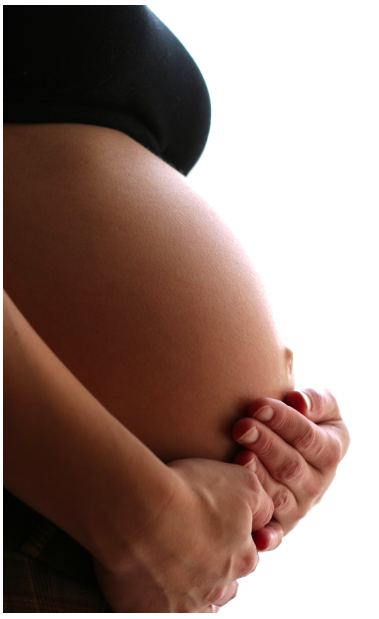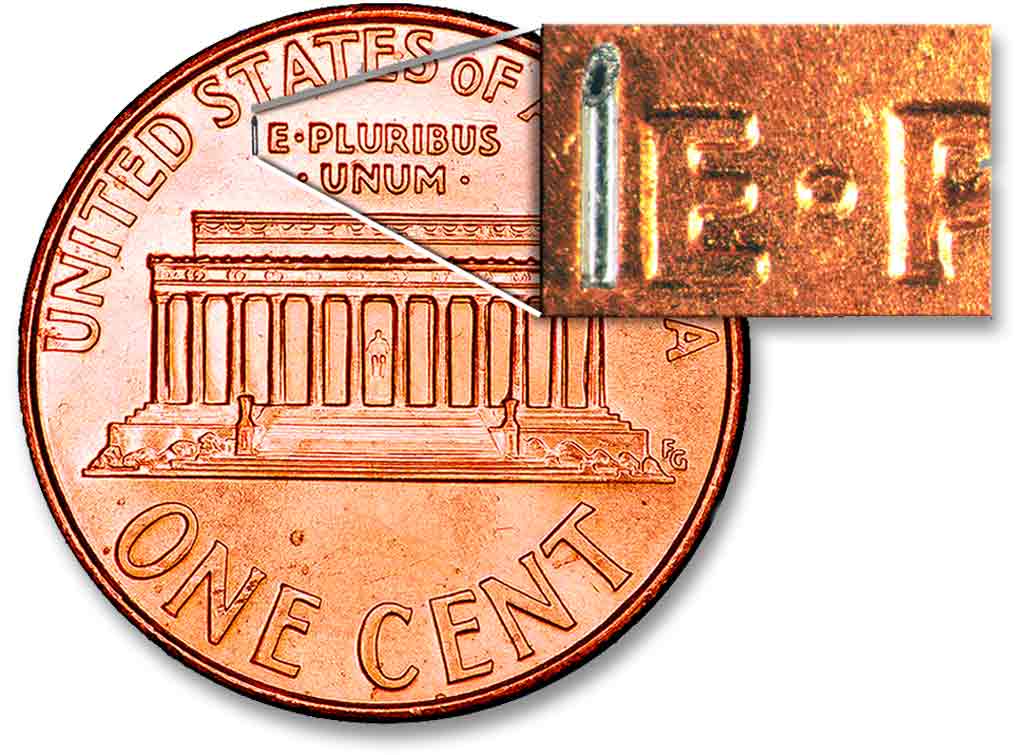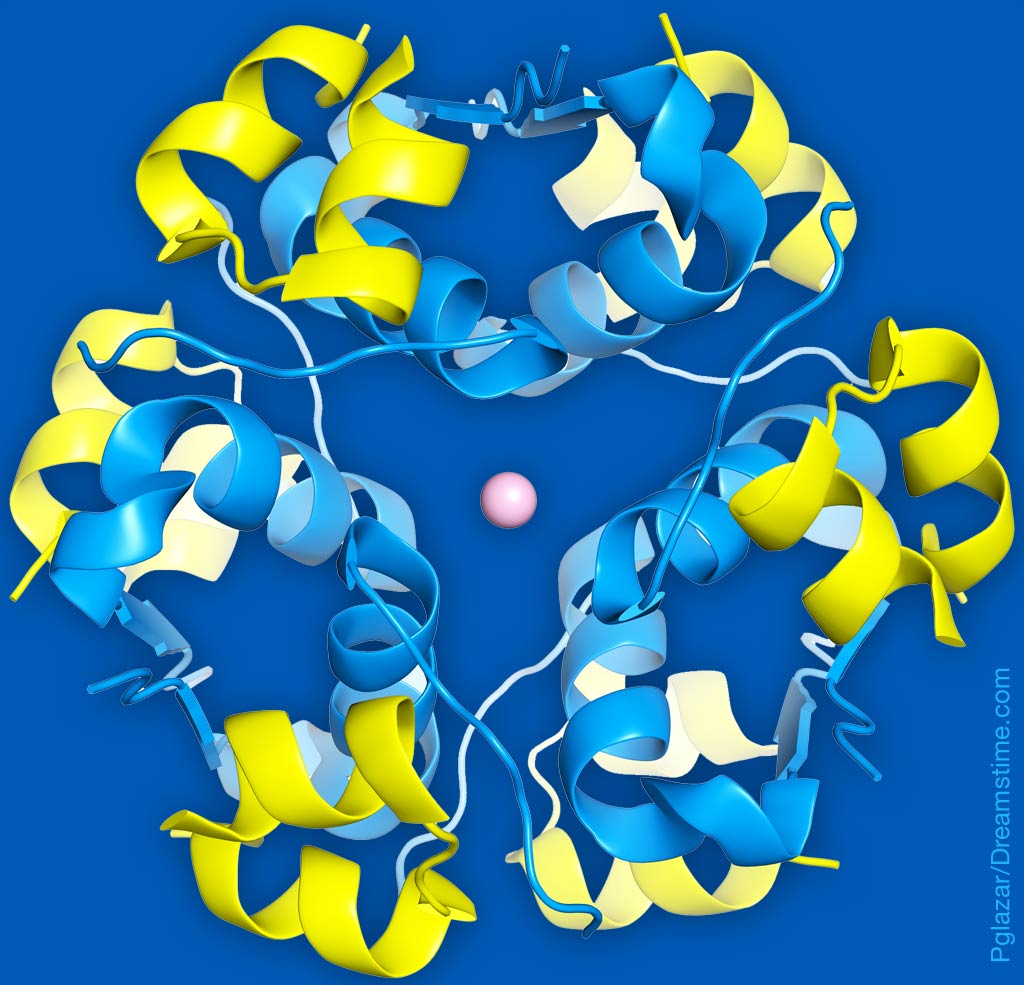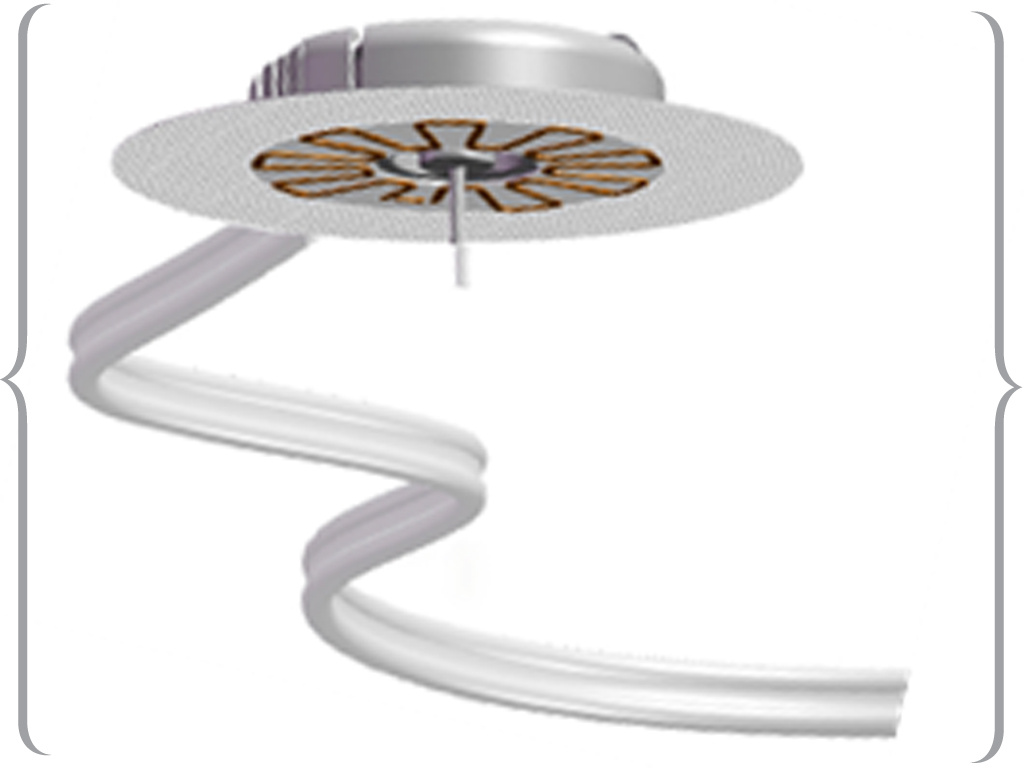Not All T1D Eating Disorders are Diabulimia

We have seen heightened awareness on insulin manipulation, an eating disorder symptom that occurs in the Type 1 diabetes community. A new term was coined to describe this set of behaviors: “diabulimia”.
While increased attention for individuals with an eating disorder and diabetes is welcome, I am troubled by the limited representation of the diabulimia diagnosis. The narrative is often the same in each story: a young woman binges on high-calorie or high-carbohydrate foods and then compensates for the binge by withholding insulin.
I fear that if we reduce the narrative of Type 1 eating disorders to insulin omission that closely resembles a binge-purge cycle, we are missing the folks with Type 1 who exhibit other eating disorder symptoms. These narrow narratives miss men and boys; individuals who are over the age of 25; those who do not misuse insulin as part of a binge-purge cycle; and those with Type 1 diabetes who have an eating disorder that doesn’t involve insulin manipulation. It’s important to present Type 1-related eating disorders as a complex illness that may take many shapes and forms.
I certainly thought I had to fit the narrow diabulimia narrative. Diabulimia didn’t fit because I didn’t withhold insulin after a binge-purge cycle. When I was still trying to understand my illness, I felt like I must not have a “real” eating disorder because I didn’t have bulimia or anorexia. My symptoms didn’t fit neatly into a diagnostic category, so I was thrown into the umbrella category of “eating disorder not otherwise specified” (EDNOS) or, recently renamed, “otherwise specified feeding or eating disorder” (OSFED).
While I understand an individual wanting to identify with a label they choose for themselves, it’s important to use terms that include the varied narratives of people with this comorbidity. In 2009, a focus group consisting of experts on diabetes and eating disorders recommends using the acronym ED-DMT1 (eating disorder and Type 1 diabetes) in lieu of “diabulimia” in order to be more inclusive.
“These individuals (with type 1 diabetes) sometimes engage in insulin omission to promote weight loss. This behavior has recently been referred to as ‘diabulimia,’ although we prefer to avoid this term because it excludes other eating problems in individuals with diabetes and implies that eating problems in those with diabetes are essentially distinct from those in individuals without diabetes,” the researchers wrote in Diabetes Spectrum.
EDDMT1 is not a symptom-specific term or diagnosis, but it is designed to include all people with Type 1 diabetes and an eating disorder. It’s also important to note that, like other eating disorders, symptoms may morph over time and diagnostic crossover may occur. This definition allows for that. Research on EDDMT1 is scarce. What would be helpful for the EDDMT1 community is to investigate diagnostic crossover, the varied experiences and symptoms of people with diabetes and an eating disorder, and how treatment should be tailored to meet the needs of this population.
It’s important for treatment centers to be prepared to treat patients with EDDMT1. Often, those with this dual diagnosis find themselves hospitalized and needing a high level of care. The individuals who contact my organization, We Are Diabetes, are struggling to find providers who can treat their unique illness. Some patients are deemed noncompliant by their endocrinologists and are left to manage their illnesses on their own. Other times, an individual may seek eating disorder treatment to find that the clinic does not have the specialized skills and expertise to treat both the disorder and diabetes.
Education for endocrinology clinics and eating disorder clinics is needed to reach this underserved population. There are a handful of treatment centers that can treat EDDMT1, but some folks are not able to pursue treatment at these facilities because of geographical and financial limitations.
There are many reasons to be optimistic about what the future holds for EDDMT1: more providers want to learn the best ways to treat this illness; research about the subject is getting published; and the general public is starting to learn more about the condition through online support. It’s becoming more possible that every person with Type 1 diabetes and an eating disorder can receive a diagnosis that fits.
The National Eating Disorders Association’s diabulimia resources: www.nationaleatingdisorders.org/diabulimia-5
Diabulimia helpline: www.diabulimiahelpline.org
We are Diabetes: www.wearediabetes.org
Thanks for reading this Insulin Nation article. Want more Type 1 news? Subscribe here.
Have Type 2 diabetes or know someone who does? Try Type 2 Nation, our sister publication.







